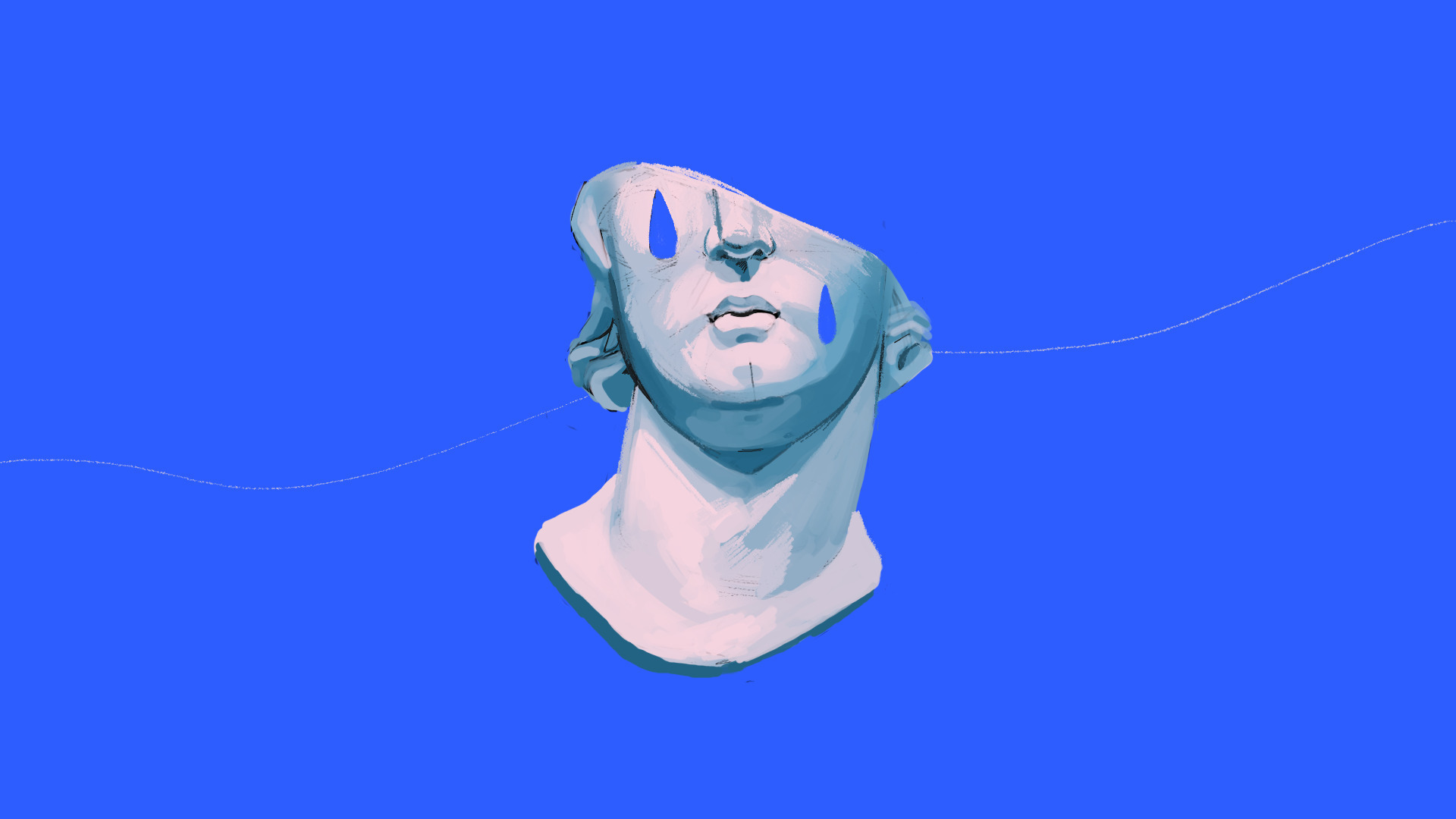
Abstract art often leaves people scratching their heads, wondering what it all means. But did you know that abstract art isn't just random splashes of paint? Abstract art is about expressing emotions, ideas, and even music through colors, shapes, and forms. It doesn't try to look like anything from the real world. Instead, it lets artists show their inner feelings and thoughts. Abstract art started in the early 20th century with artists like Wassily Kandinsky and Piet Mondrian. They wanted to break away from traditional art and create something new. Today, abstract art is everywhere, from galleries to street murals. Ready to dive into 27 amazing facts about abstract art? Let's get started!
What is Abstract Art?
Abstract art breaks away from traditional representation. It uses shapes, colors, forms, and gestural marks to achieve its effect.
- Abstract art doesn't depict objects in the real world. Instead, it uses visual language to express ideas.
- Wassily Kandinsky is often credited as the pioneer of abstract art. He believed art should express the spiritual realm.
- Piet Mondrian created a style called "De Stijl," using only vertical and horizontal lines with primary colors.
- Abstract Expressionism emerged in the 1940s in New York. It focused on spontaneous, automatic, or subconscious creation.
- Jackson Pollock is famous for his "drip" paintings, where he splattered paint on canvases laid on the ground.
Techniques and Styles
Abstract art encompasses various techniques and styles. Artists use different methods to convey their visions.
- Cubism, developed by Picasso and Braque, breaks objects into geometric shapes.
- Color Field Painting involves large areas of a single color to evoke emotion. Mark Rothko is a notable artist in this style.
- Geometric Abstraction uses shapes like circles, squares, and triangles. Kazimir Malevich's "Black Square" is a prime example.
- Lyrical Abstraction emphasizes personal expression and spontaneity. It often features fluid, dynamic brushstrokes.
- Minimalism strips art down to its essentials. Artists like Donald Judd focus on simplicity and clarity.
Famous Abstract Artists
Many artists have made significant contributions to abstract art. Their works continue to inspire and challenge viewers.
- Joan Miró blended abstraction with surrealism. His whimsical forms and bright colors are instantly recognizable.
- Helen Frankenthaler pioneered the "soak-stain" technique, where she poured paint onto unprimed canvas.
- Robert Motherwell was a key figure in Abstract Expressionism. His "Elegy to the Spanish Republic" series is well-known.
- Agnes Martin created serene, grid-based paintings. Her work focuses on subtlety and precision.
- Yayoi Kusama uses dots and repetitive patterns. Her installations often create immersive, otherworldly experiences.
Impact on Modern Art
Abstract art has had a profound influence on modern art. It opened new avenues for artistic expression.
- Abstract art challenged traditional notions of beauty and representation.
- It paved the way for contemporary art movements like conceptual art and installation art.
- Many modern artists draw inspiration from abstract art's emphasis on form and color.
- Abstract art encourages viewers to interpret and find meaning in non-representational forms.
- It has influenced other fields, including design, architecture, and fashion.
Abstract Art in Everyday Life
Abstract art isn't confined to galleries. It appears in various aspects of daily life.
- Abstract patterns are common in textiles, wallpapers, and home decor.
- Many logos and branding elements use abstract designs to convey a modern, dynamic image.
- Public art installations often feature abstract sculptures and murals.
- Abstract art can be therapeutic. Art therapy uses abstract techniques to help people express emotions.
- Digital art has embraced abstraction. Artists use software to create complex, abstract compositions.
Fun Facts
Abstract art has some quirky and interesting tidbits. These fun facts add to its mystique.
- The most expensive abstract painting ever sold is Willem de Kooning's "Interchange," which fetched $300 million.
- Some abstract artists have synesthesia, a condition where they perceive colors as sounds or vice versa. This unique perspective influences their work.
The Final Brushstroke
Abstract art isn't just random splashes of paint. It's a powerful way to express emotions, ideas, and even social issues. From its roots in the early 20th century to its influence on modern design, abstract art has shaped how we see the world. Artists like Kandinsky and Pollock broke the mold, showing that art doesn't need to be realistic to be meaningful.
Understanding abstract art can deepen your appreciation for creativity and innovation. Next time you see an abstract piece, take a moment to feel its energy and message. You might find a new perspective or even a spark of inspiration.
So, whether you're an art lover or just curious, abstract art offers a unique window into human expression. Dive in, explore, and let your imagination run wild.
Was this page helpful?
Our commitment to delivering trustworthy and engaging content is at the heart of what we do. Each fact on our site is contributed by real users like you, bringing a wealth of diverse insights and information. To ensure the highest standards of accuracy and reliability, our dedicated editors meticulously review each submission. This process guarantees that the facts we share are not only fascinating but also credible. Trust in our commitment to quality and authenticity as you explore and learn with us.
